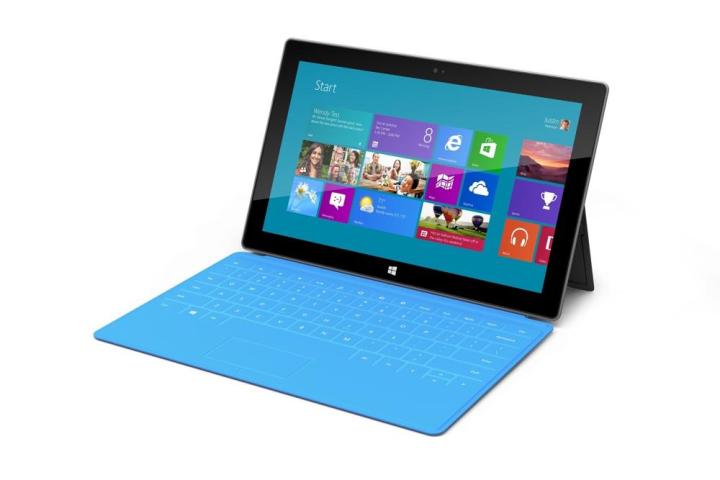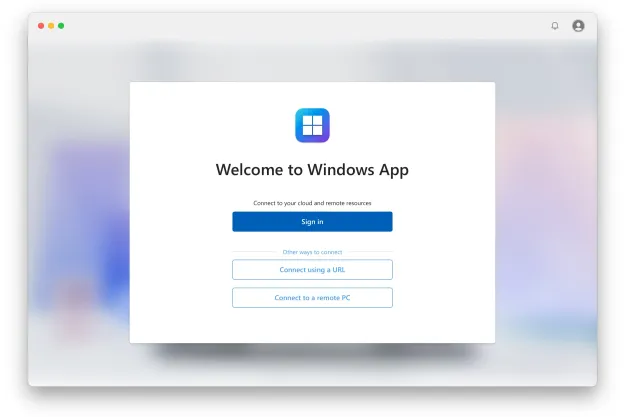
Nobody was ever enthusiastic about Windows RT. Microsoft promised, negotiated, bribed, and cajoled, but still the response to RT was poor, at best. The financial loses, especially Microsoft’s, were immense (and still climbing). Within a year or so of its 2012 release a list of PC manufactures including Asus, Dell, Samsung, and Lenovo gave up trying to sell RT devices.
“Just like full Windows”
Many factors contributed to RT’s rapid demise. During the Windows 8/RT ramp-up, consumers were promised a version of Windows that would behave the same (from a user-interface perspective) on ARM-based mobile devices, such as tablets and smartphones, as it does on desktops. What we actually received was a pretty good Windows 8 facsimile—it looked and felt like Windows, right down to the goofy switching back and forth between “Metro” and Desktop modes. Yet Windows RT could not run the same software, which made it far less useful than full Windows 8.
For Microsoft’s plan to work both hardware manufacturers and software developers had to support Windows RT. A big problem with the plan was that while Redmond held sway over device manufacturers, which are typically large companies with resources to devote to the RT experiment, most software developers weren’t as capable. RT was a big risk, as like any new platform it had no install base, and Windows developers saw little reason to take a chance on an unproven platform.
This meant unlike its competitors, Android and iOS, Window RT had very few apps, and it became apparent early on that few app developers were interested in converting their existing apps to RT or in writing new RT apps. It was the catch-22 common to new operating systems; software developers didn’t program for it because no one was buying RT devices, and no one bought RT because it lacked killer software.
Window RT had very few apps, and few developers were interested in converting existing apps to RT.
Interestingly, neither of the other two leading mobile-device ecosystems, Android and iOS, have matching desktop interfaces. The iPad, for example, doesn’t work like a Mac, nor do
No future RT devices
Microsoft took the RT route because at the time Intel wasn’t making an inexpensive low-power chip suitable for small tablets and smartphones, and ARM processers couldn’t run full-blown x86 Windows. Over the past year, though, Intel has perfected its low-power Atom processor, and introduced Core M for passively cooled devices. Tablets of all sizes, from compact 8-inchers to 10-inchers and beyond, are running Windows x86.
What really looks deadly for RT, though, is Microsoft’s announcement it will no longer sell the Nokia Lumia 2520, the last Windows RT tablet. A week before that, the company announced that it had stopped making the Surface 2, another of the last RT devices available. The bottom line is that Windows RT was (and still is) an expensive mess that Microsoft doesn’t seem to know how to clean up.
Apparently, Windows 10 won’t address the issue for existing RT users, either. At a recent Windows 10 event, Microsoft confirmed that there will be no Windows 10 for current Windows RT users. Windows RT users will instead receive some unspecified “feature” updates. It has been obvious for some time now that Microsoft doesn’t know how to fix RT.
No need for Windows RT, or no need for mobile Windows?
Windows x86, despite the frustratingly small objects in Desktop mode, runs well enough on the latest 8-inch Atom-powered tablets. It took a little while for the processors to catch up, but now manufacturers don’t need Windows RT, if they ever did. Still, perhaps squeezing the entire Windows desktop into an 8-inch (or smaller) screen isn’t all that desirable?
Again we’re hearing the next version of Windows for mobile will be like “full Windows.” Seriously?
Again, we’re hearing that Windows 10 will be, on smaller tablets and smartphones, like “full Windows.” Seriously? Isn’t that just another way of saying Windows 10 will replace RT? Microsoft has already said that the desktop version will develop on a separate track, much as x86 and ARM versions of Windows 8 did a little while back.
Engineering the two operating systems (mobile and desktop) so that they have matching interfaces is a respectable goal, but as mentioned, Apple seems to do fine despite the fact it has a different operating system on its phones and tablets than on its computer.

On the other hand, Windows 10 will at least solve the software problem, in theory. Whether Metro apps will scale well from smartphones all the way up to desktops remains to be seen, and it’s an important point. If Microsoft botches it, Windows 10 will be as rotten as 8.1: if it’s aced, Windows phones and tablets just might have a shot.
Cupertino’s engineers have long asserted that any one-size-fits-all solution is doomed to fail. Perhaps they’ll eventually be proven wrong, but Microsoft’s lackluster execution of Windows 8.1 makes it hard to believe anyone in Redmond can crack a challenge even Steve Jobs found insurmountable.
Editors' Recommendations
- Microsoft announces a new threat to push people to Windows 11
- The Surface Pro 10 sounds amazing, and it may be coming soon
- A new Windows 11 hardware system requirement may be incoming
- A beloved Windows app is being axed after 28 years
- Windows 12 might not be coming this year after all




